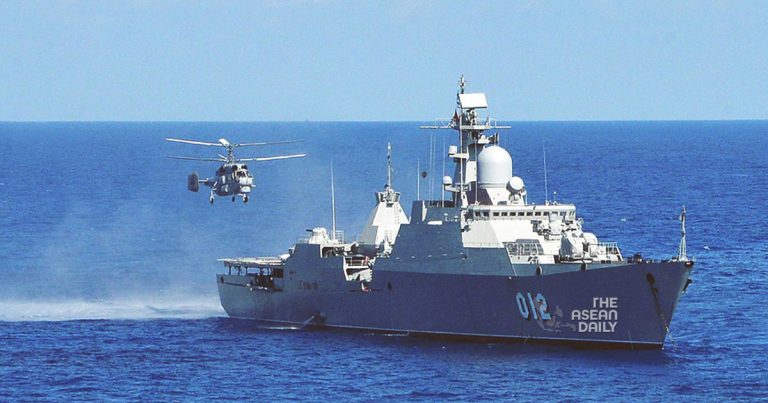19-9-2023 (SINGAPORE) Beijing’s release of a new “standard map” asserting a 10-dash line claim over the South China Sea, President Xi Jinping’s snub of the ASEAN summit in Jakarta, and renewed tensions between China and the Philippines at the Second Thomas Shoal all point to China’s complex diplomatic playbook in the region.
The combination of traditional diplomacy, gunboat diplomacy, and public diplomacy has become routine. China pairs exercises in “lawfare” – using legal systems to undermine opponents – with “grey zone” tactics that incrementally subvert the status quo without provoking open war. All this transpires against the backdrop of ASEAN’s annual pageantry.
In some ways, there is a sense of déjà vu. In 2020, amid the early months of the COVID-19 pandemic, Beijing was especially abrasive in the South China Sea. Clashes included the North Natuna Sea standoff with Indonesia, tensions with Malaysia over the West Capella oil drilling platform off Sarawak, and into early 2021, the Whitsun Reef incident with the Philippines.
But the updated Chinese map itself, while symbolic in expanding the dashes from nine to ten, does not substantially alter Beijing’s claims. The timing likely aimed to project strength before the ASEAN and G20 summits. But it also distracted from China’s domestic woes.
Is Aggression Abroad a Distraction from Problems at Home?
The new standard map’s timing aligns with China facing one of its biggest domestic crises under Xi’s leadership. While lawfare and maritime coercion are constant tools for Beijing, their use has spiked alongside challenges like property market instability, high youth unemployment, and sluggish exports.
Authoritarian regimes often externalize domestic problems. Argentina’s ruling junta in 1982, amid skyrocketing inflation, oriented to the Falklands/Malvinas dispute with Britain. Is Beijing’s aggression in the South China Sea similarly a distraction?
Does China Have the Advantage of Strength and Time?
One reason for Beijing’s assertive posture may be a belief that it has attained physical domination of the disputed waters. The US still deploys more assets, projecting presence if not geographical advantage.
But China inhabits the South China Sea coastline and benefits from its artificial island outposts. These enable constant Chinese presence and grey zone tactics like mass vessel mobilization far offshore, as seen against the Philippines near Second Thomas Shoal.
So Beijing likely believes it can play the long game, slowly wearing down opponents. At Second Thomas Shoal, Manila occupies a rusting ship hull. China aims to wait out the Philippines rather than force it out.
Southeast Asia Must Play the Long Game Too
Against a patient opponent, dialogue is essential but insufficient. Diplomacy requires tangible presence. New ships and planes are fiscally challenging, and matching China asset for asset is unrealistic.
Instead, Southeast Asian nations must coordinate resources for maximum impact. They can counter Chinese lawfare with international law. Economic diversity reduces vulnerability to coercion. Whole-of-nation efforts build resilience against grey zone discord.
Likeminded ASEAN states can work together despite the group’s limitations, like Indonesia and Vietnam did in delimiting sea boundaries. Concerned parties can align on a Code of Conduct.
Extra-regional powers remain vital to backstop Southeast Asian resolve. All must keep their eyes on the long game.




